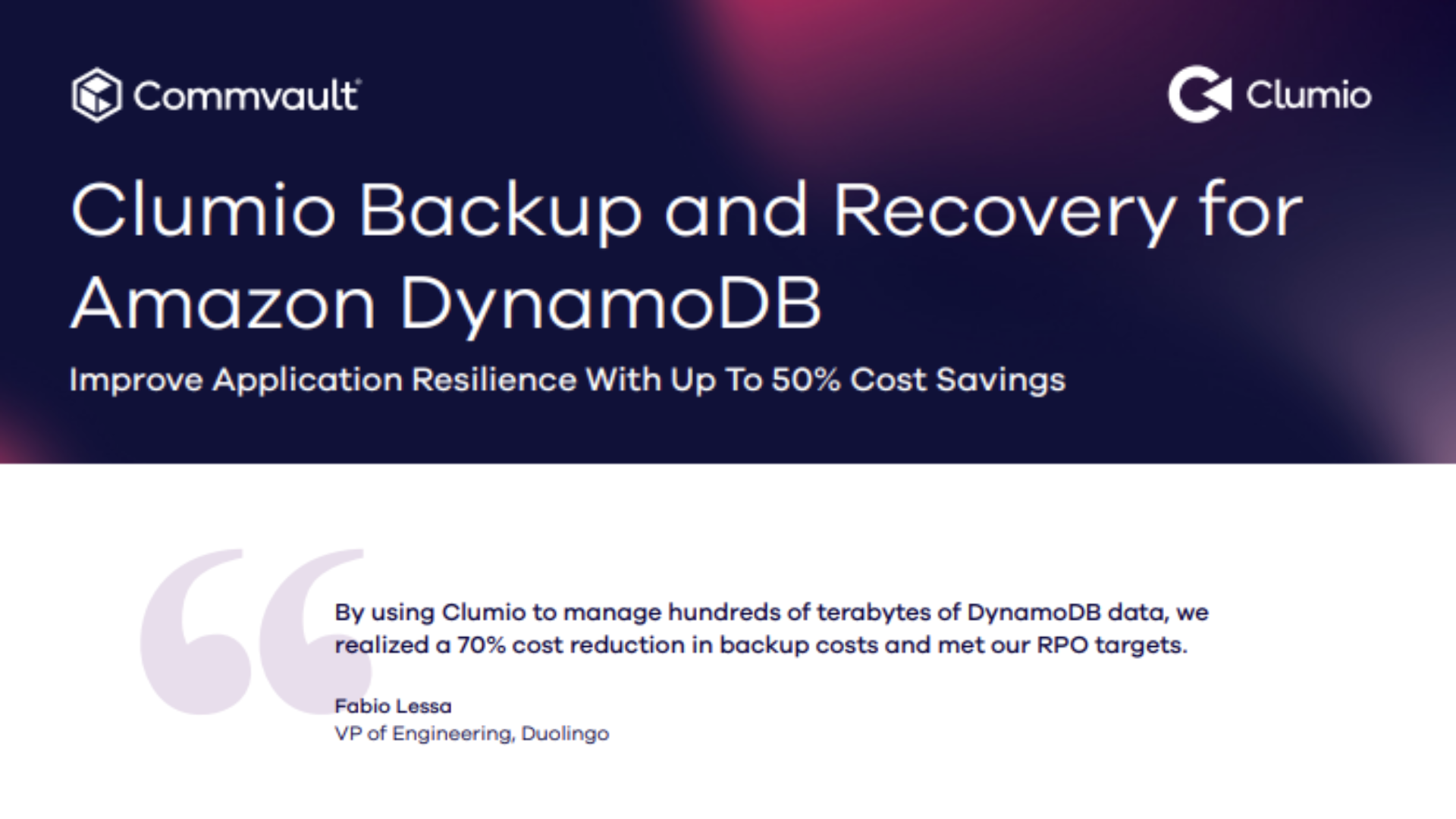Presented by AMD
The role of enterprise AI in modern business
Artificial intelligence is no longer the stuff of science fiction; it's a powerful tool that is reshaping the business landscape


With enterprise AI adoption up 3,000% in just one year, businesses are rapidly embedding AI into their most critical workflows. As organizations rely on machine learning and natural language processing to analyze vast volumes of data, the focus has shifted from experimentation to solving business-specific challenges securely, strategically, and at scale.
"A significant portion of this AI/ML traffic comes from widely used applications such as ChatGPT, Grammarly, Microsoft Copilot, and other AI/ML tools," the report said.
Unlike consumer AI, which is designed for broad appeal with an individualized experience, enterprise AI is tailored to the unique needs and workflows of an organization. It allows them to tackle mission-critical tasks that demand high levels of security, precision, and compliance.
At its core, enterprise AI is about harnessing the power of machine learning (ML) and natural language processing (NLP) to make sense of the vast amounts of data that organizations generate every day. This allows businesses to move beyond simple automation and unlock deeper insights that can inform strategic decision-making and create a significant competitive advantage.
The transformative benefits of enterprise AI
The benefits of integrating AI into business operations are far-reaching. One of the most significant is a dramatic boost in productivity and efficiency; by automating repetitive and time-consuming tasks, AI frees up employees to focus on more strategic and creative endeavors. This can result in significant cost savings, enhanced operational agility, and productivity gains. For example, research from the OECD, discovered “individuals who work in customer support, software development or consulting have seen average productivity gains ranging from 5% to over 25%”.
Enterprise AI also plays a crucial role in enhancing security. AI-powered systems can analyze network traffic in real-time to detect and prevent cyber threats, identify fraudulent transactions, and ensure compliance with data privacy regulations. Research published in the September 2024 edition of IRE Journals found: “AI-driven security solutions offer significant advantages across multiple industries, including financial services, healthcare, retail, telecommunications, government, and energy.”
“The proactive and adaptive nature of AI allows these organizations to stay ahead of evolving cyber threats, ensuring the safety and integrity of their operations,” the researchers added.
AI also empowers businesses to deliver superior customer experiences. By analyzing customer data, AI can help organizations personalize marketing campaigns, provide more responsive customer support through intelligent chatbots, and even anticipate customer needs before they arise.
The critical role of hardware in delivering on the promise of AI
While the benefits of enterprise AI are well established, scaling from experimentation to production depends as much on hardware as on software. According to figures from Gartner, worldwide AI investment is set to hit $2 trillion by next year and efforts are being ramped up to meet demand from enterprises.
"The forecast assumes continued investment in AI infrastructure expansion, as major hyperscalers continue to increase investments in data centers with AI-optimized hardware and GPUs to scale their services,” said John-David Lovelock, distinguished VP analyst at Gartner.
The journey demands infrastructure that supports high-performance servers, powerful GPUs, ample memory, and high-throughput storage.
For example, Dell Technologies paired its PowerEdge XE9680 server with eight AMD Instinct MI300X GPUs and demonstrated superior performance on LLM training workloads. The configuration achieved high throughput and reduced time-to-insight, showing the hardware foundation required for enterprise-scale AI.
Meanwhile, Red Hat and AMD deepened their collaboration to support AI inference and virtualised infrastructure using AMD EPYC CPUs and Instinct GPUs on the Red Hat OpenShift platform. The partnership aims to modernise existing business-as-usual systems to support production-ready AI without abandoning traditional workloads.
For IT decision-makers, the message is clear: move from narrow proofs-of-concept to enterprise-scale AI deployments by choosing the right hardware platform, measuring total cost of ownership (TCO) and return on investment (ROI), and aligning with well-defined business use cases.
A successful AI strategy should augment existing systems rather than replace them wholesale. Organizations should start with targeted pain-point projects, gain business value, then expand to more transformative initiatives. Hardware must enable this iteration without disrupting business-as-usual operations.
Real-world examples of enterprise AI in action
The impact of enterprise AI is no longer a future promise, it's a present-day reality transforming how organizations operate. This intelligent revolution is not happening in a single, dramatic sweep, but in thousands of targeted, high-impact applications that are redefining efficiency and innovation across sectors.
In the world of customer support, AI is creating a new partnership between humans and machines. AI-powered chatbots now handle routine inquiries around the clock, allowing human agents to dedicate their expertise to more complex and sensitive customer cases.
This intelligence extends from digital transactions to physical machinery. On the factory floor, the story is one of proactive prevention. Energy giant Shell, for example, uses AI to monitor over 13,000 critical pieces of equipment across its global operations. By analyzing data from millions of sensors, its predictive maintenance systems can anticipate a potential breakdown and alert technicians before a failure occurs, preventing costly downtime.
This foresight is also the backbone of modern retail and logistics. Industry leaders like Amazon rely on sophisticated, AI-driven predictive analytics to anticipate customer demand with remarkable accuracy. This ensures the right products are stocked in the right fulfillment centers at the right time, streamlining the supply chain and enabling the rapid delivery that consumers now expect.
These examples are not isolated success stories but windows into a new era of business where data-driven intelligence, powered by the right hardware and strategy, is the ultimate competitive advantage.
The power of partnership in the AI journey
Navigating the complexities of enterprise AI can be daunting, which is why many organizations are turning to trusted partners to support them on their journey. Strategic partnerships with technology providers can provide access to specialized expertise, cutting-edge tools, and proven methodologies for successful AI implementation. These partners can help with everything from developing an AI strategy and identifying the right use cases to building and deploying AI models and providing ongoing support and maintenance.
Sign up today and you will receive a free copy of our Future Focus 2025 report - the leading guidance on AI, cybersecurity and other IT challenges as per 700+ senior executives
Rene Millman is a freelance writer and broadcaster who covers cybersecurity, AI, IoT, and the cloud. He also works as a contributing analyst at GigaOm and has previously worked as an analyst for Gartner covering the infrastructure market. He has made numerous television appearances to give his views and expertise on technology trends and companies that affect and shape our lives. You can follow Rene Millman on Twitter.
-
 AI Infrastructure for Business Impact: Enabling Agentic Intelligence with Scalable Compute
AI Infrastructure for Business Impact: Enabling Agentic Intelligence with Scalable Computewhitepaper
-
 From the desktop to the datacenter: what does success look like in the AI era?
From the desktop to the datacenter: what does success look like in the AI era?Supported Success in the AI era requires a holistic hardware strategy, from empowering employees with the new generation of AI PCs to building a powerful, AI-ready datacenter
-
 Evaluating the Future of the AI PC
Evaluating the Future of the AI PCwhitepaper
-
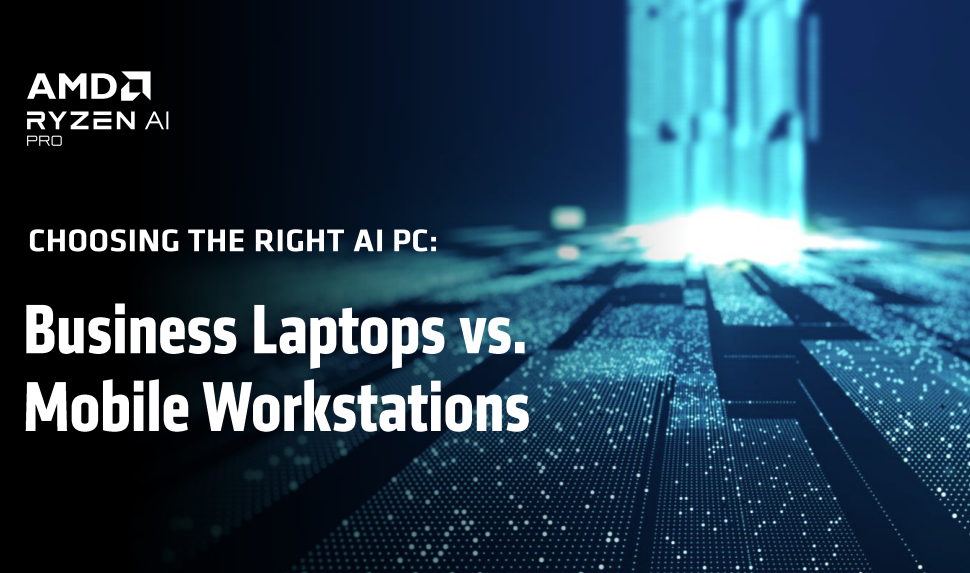 Business Laptops vs. Mobile Workstations
Business Laptops vs. Mobile Workstationswhitepaper
-
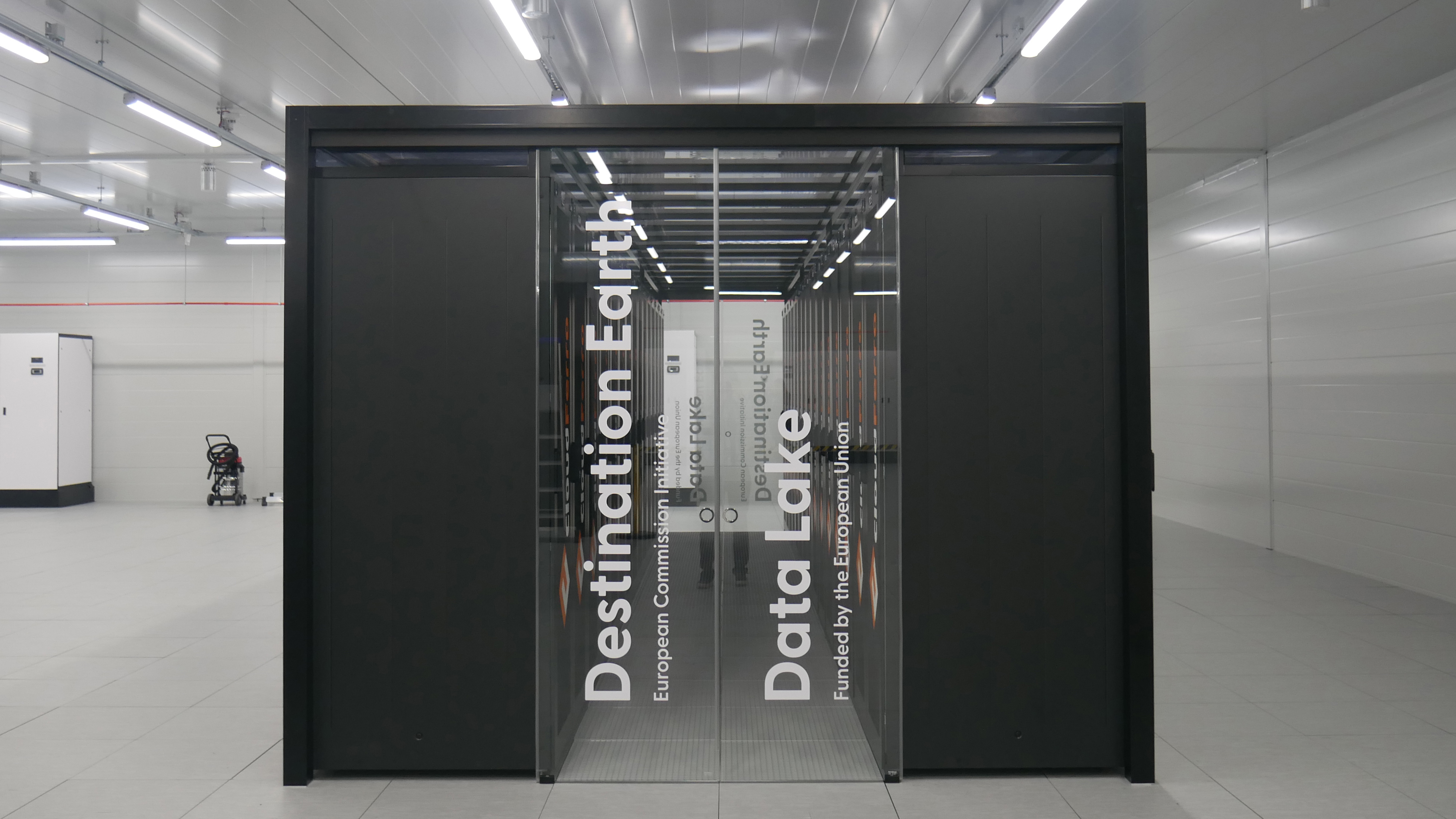 Destination Earth: The digital twin helping to predict – and prevent – climate change
Destination Earth: The digital twin helping to predict – and prevent – climate changeSupported How the European Commission is hoping to fight back against climate change with a perfect digital twin of our planet, powered by Finland's monstrous LUMI supercomputer
-
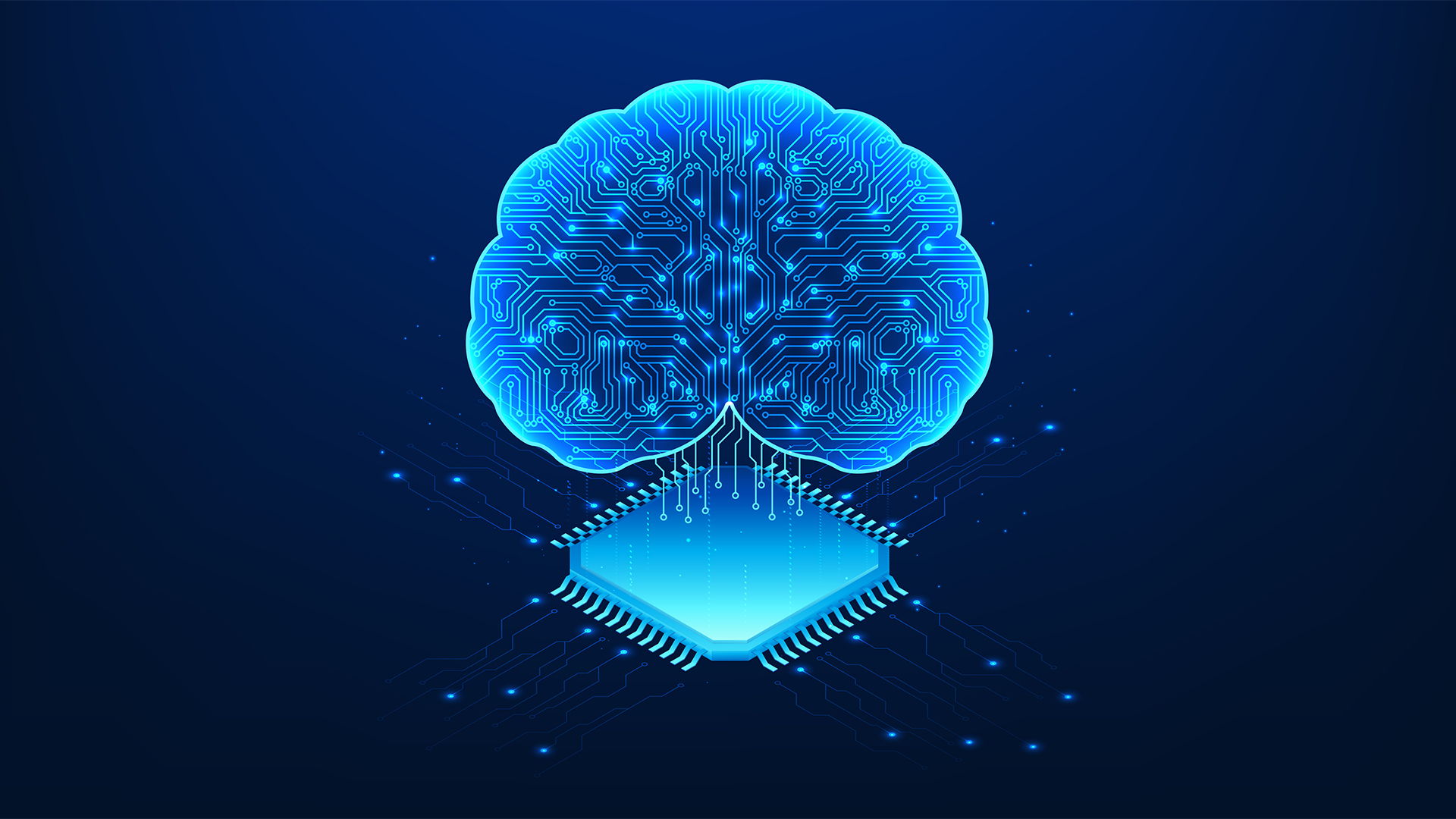 Are Copilot+ PCs finally ready for the enterprise?
Are Copilot+ PCs finally ready for the enterprise?Supported The next generation of AI PCs has high-performance NPUs and generative AI features – but are they right for your business?
-
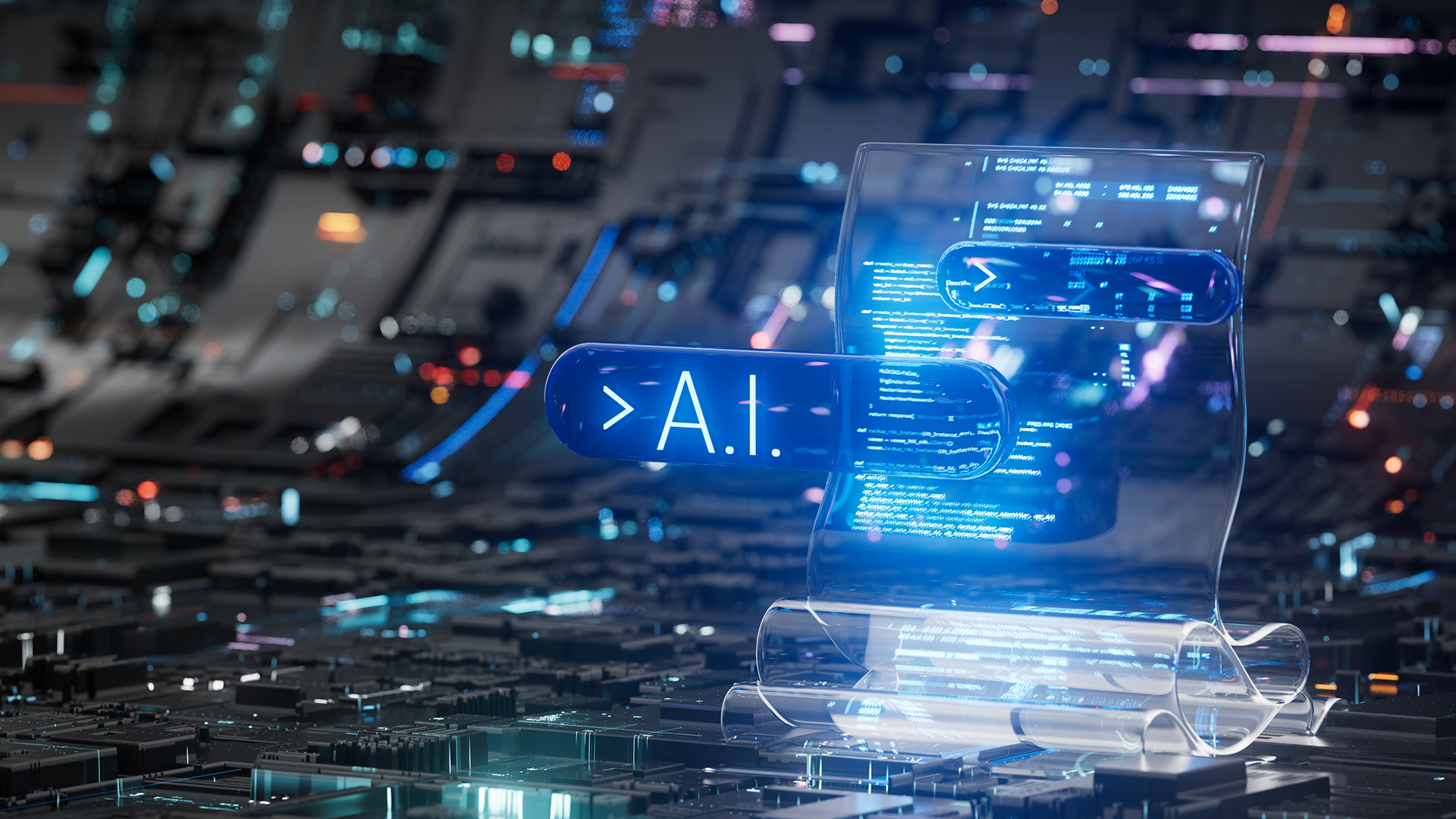 What is parallel processing?
What is parallel processing?Supported It’s the backbone of the internet and supercomputing – here’s everything you need to know about parallel processing
-
 Open source: Why open ecosystems matter
Open source: Why open ecosystems matterSupported Driving success with AI will require an industry-wide collaborative approach spanning the software and hardware domains


